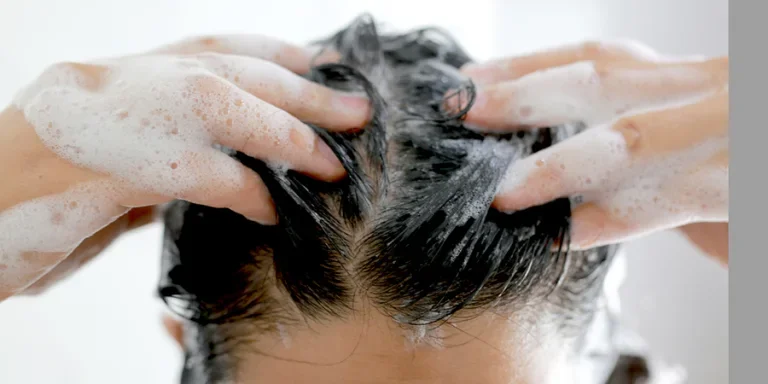Dealing with oily hair can feel like a never-ending battle. The quest for that perfect balance between clean and over-stripped locks leads many down a path of endless product trials. This comprehensive guide is designed to demystify the selection process, offering insights into the most critical aspects of shampoos for oily hair. With a focus on understanding what makes your hair tick, we’ll explore together how to achieve that fresh, voluminous look without compromising hair health.
Table of Contents:
– Understanding oily hair and its needs
– Ingredients to look for in a shampoo
– How often should you wash oily hair?
– Techniques for washing oily hair
– Maintaining healthy oily hair
Understanding oily hair and its needs
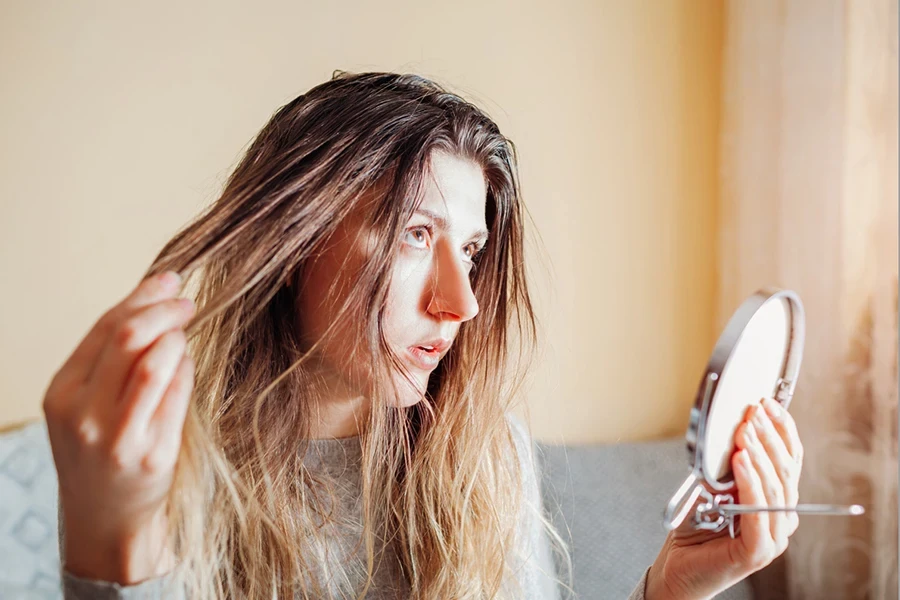
Oily hair is more than just a daily nuisance; it’s a sign of your scalp’s health and its natural oil production. Sebum, the oil produced by your scalp, is essential for healthy hair but in excess, it can lead to that perpetually greasy look. Understanding the balance of your scalp’s needs is the first step in managing oily hair. This section sheds light on the causes of oiliness and how the right shampoo can make a difference.
The scalp’s oil production can be influenced by various factors, including genetics, hormonal changes, and even stress. Recognizing these contributors is crucial in selecting a shampoo that addresses the root cause rather than just the symptoms. A shampoo for oily hair should cleanse effectively without stripping the scalp of its natural oils, which can lead to increased oil production as a rebound effect.
Choosing a shampoo that is specifically formulated for oily hair can significantly impact your hair’s appearance and health. These shampoos are designed to remove excess oil and impurities while balancing the scalp’s natural oil production. Understanding your hair’s unique needs is the first step towards finding a shampoo that works for you, setting the stage for healthier, fresher locks.
Ingredients to look for in a shampoo
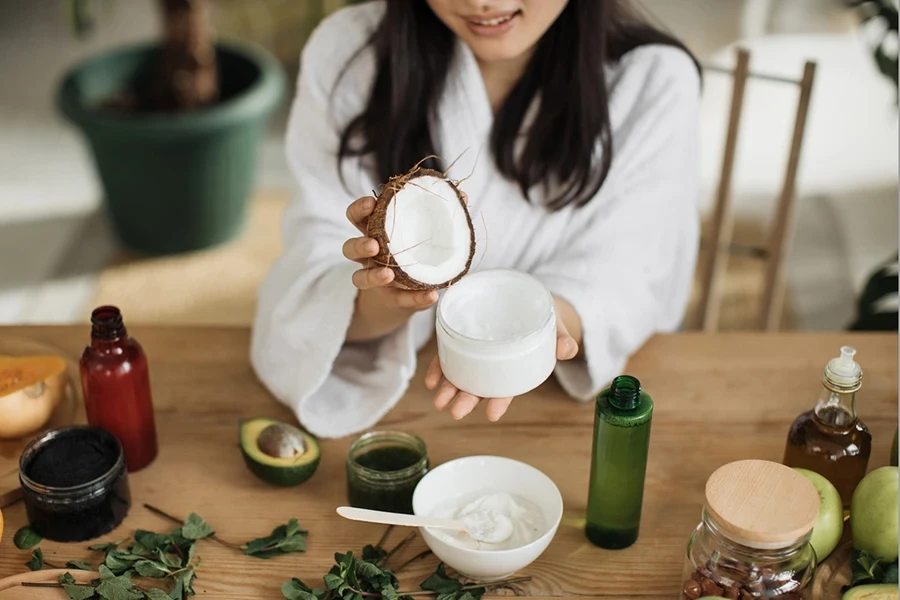
When it comes to shampoos for oily hair, not all ingredients are created equal. Certain components can help tackle oiliness at its source, providing a deep clean without drying out your scalp. This section highlights the key ingredients to look for and their role in managing oily hair.
Ingredients like salicylic acid and tea tree oil are known for their ability to cleanse the scalp deeply, removing excess oil and unclogging pores. They are effective in regulating sebum production, ensuring your hair stays cleaner for longer. Similarly, clay and charcoal have excellent oil-absorbing properties, making them ideal for oily hair formulations.
It’s also important to avoid heavy moisturizers in shampoos, such as silicones, which can weigh down oily hair and contribute to build-up. Instead, look for lightweight, hydrating ingredients that nourish the scalp and hair without contributing to oiliness. Understanding these ingredient benefits can guide you in selecting a shampoo that meets the needs of your oily hair, promoting a balanced, healthy scalp.
How often should you wash oily hair?
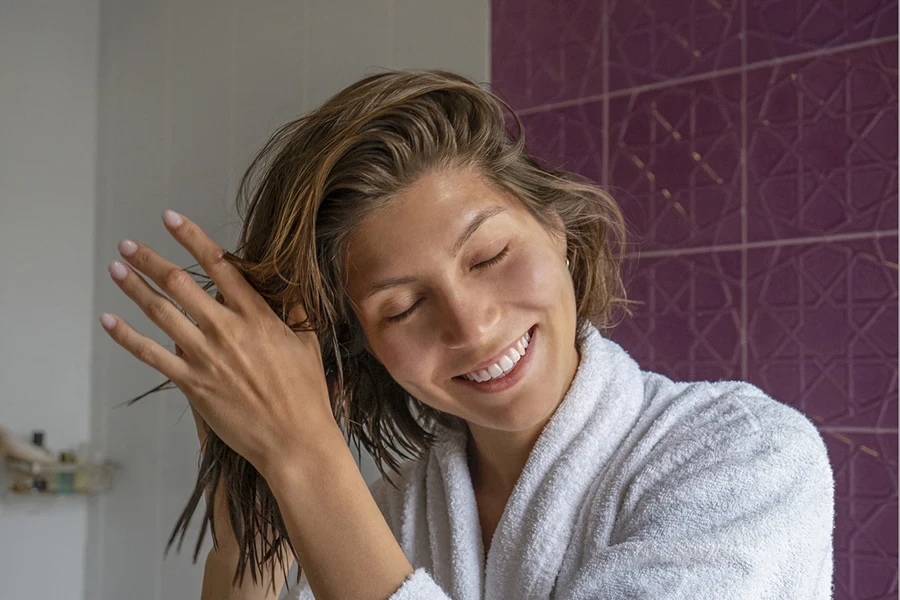
Finding the right washing frequency for oily hair is a delicate balance. Wash too often, and you risk stimulating more oil production; wash too infrequently, and you’re left battling grease. This section explores the ideal washing routine for managing oily hair effectively.
While daily washing may seem like the best way to control oil, it can actually trigger your scalp to produce even more sebum. Experts generally recommend washing oily hair every other day, using a gentle, sulfate-free shampoo to cleanse without stripping. This frequency can be adjusted based on your individual needs and lifestyle factors.
Incorporating a dry shampoo between washes can also help manage oiliness, absorbing excess sebum and refreshing your hair. However, it’s important to use dry shampoo sparingly, as overuse can lead to build-up and scalp irritation. Finding the right balance in your washing routine is key to maintaining healthy, oil-free hair.
Techniques for washing oily hair
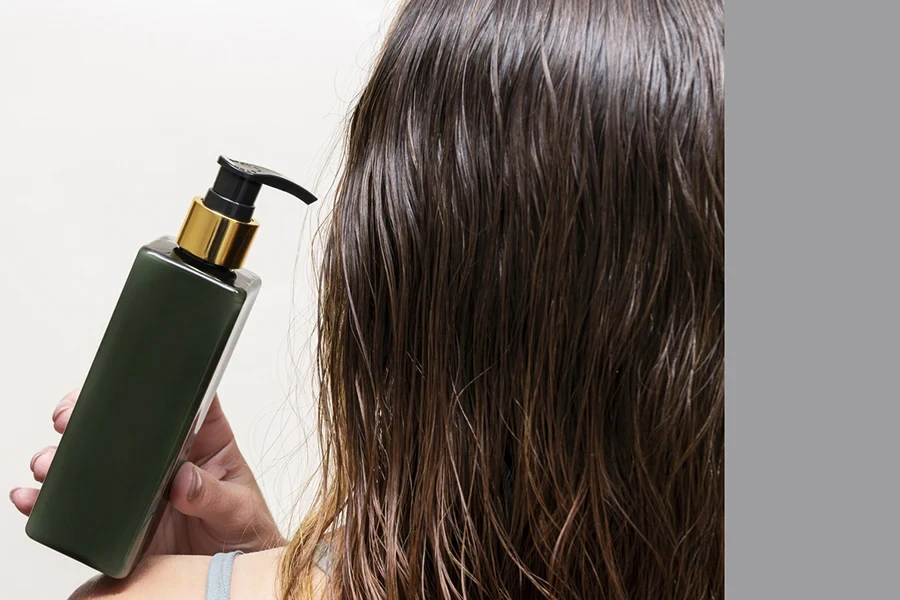
Washing oily hair requires a technique that ensures thorough cleansing without over-stimulating the scalp. This section provides practical tips for effectively washing oily hair, enhancing the efficacy of your shampoo.
Firstly, focus on massaging the shampoo into your scalp with gentle, circular motions. This helps to break down oil and build-up, allowing the shampoo to penetrate more effectively. Rinse thoroughly with lukewarm water, as hot water can increase oil production.
Applying conditioner only to the ends of your hair can prevent additional oiliness at the roots. Additionally, avoid vigorous towel-drying and brushing, as these actions can stimulate oil production. Embracing these washing techniques can transform the way your oily hair looks and feels, leading to longer-lasting freshness.
Maintaining healthy oily hair
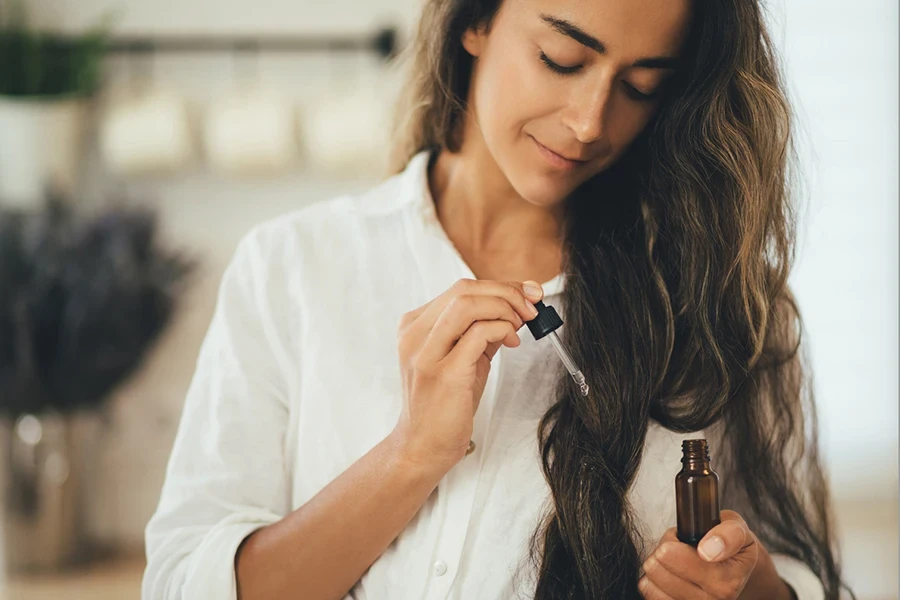
Beyond choosing the right shampoo and washing routine, maintaining healthy oily hair involves a holistic approach. This section covers lifestyle and hair care tips to keep oiliness at bay.
A balanced diet, rich in vitamins and minerals, can positively impact your scalp’s oil production. Staying hydrated and reducing stress are also important factors in managing oiliness. Regular haircuts and avoiding over-styling with heat tools can prevent excessive oil production and keep your hair looking its best.
Incorporating a lightweight leave-in conditioner or serum can help nourish your hair without adding grease. Additionally, using a clarifying shampoo once a week can remove build-up, ensuring your regular shampoo works more effectively. By adopting these practices, you can enjoy healthier, more manageable oily hair.
Conclusion:
Managing oily hair doesn’t have to be a struggle. By understanding your hair’s needs, selecting the right ingredients, and adopting a balanced washing routine, you can achieve fresh, vibrant locks. Remember, the key to controlling oiliness lies in balance – from the products you choose to the lifestyle you lead. Embrace these insights and tips, and watch as your oily hair transforms into a source of confidence.
